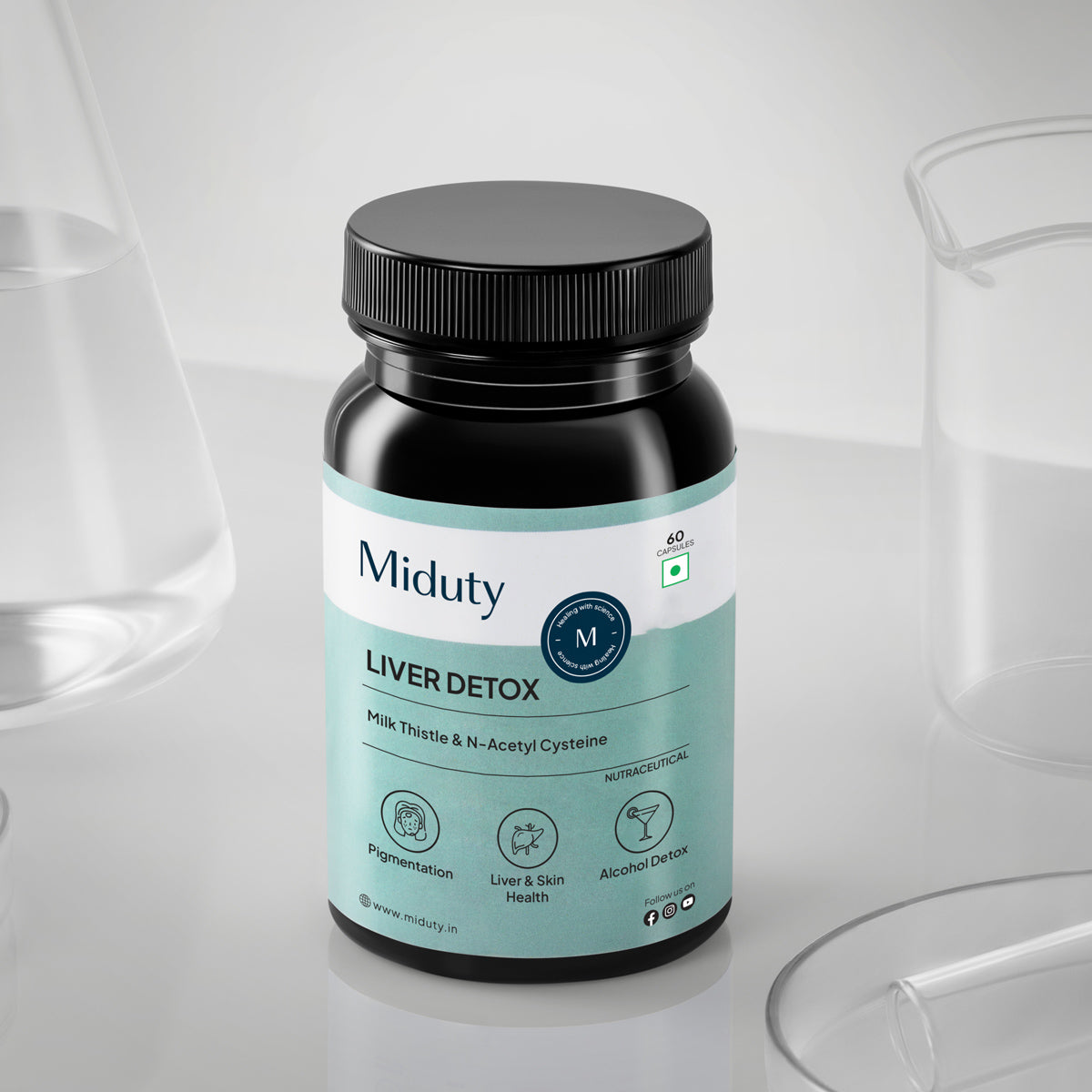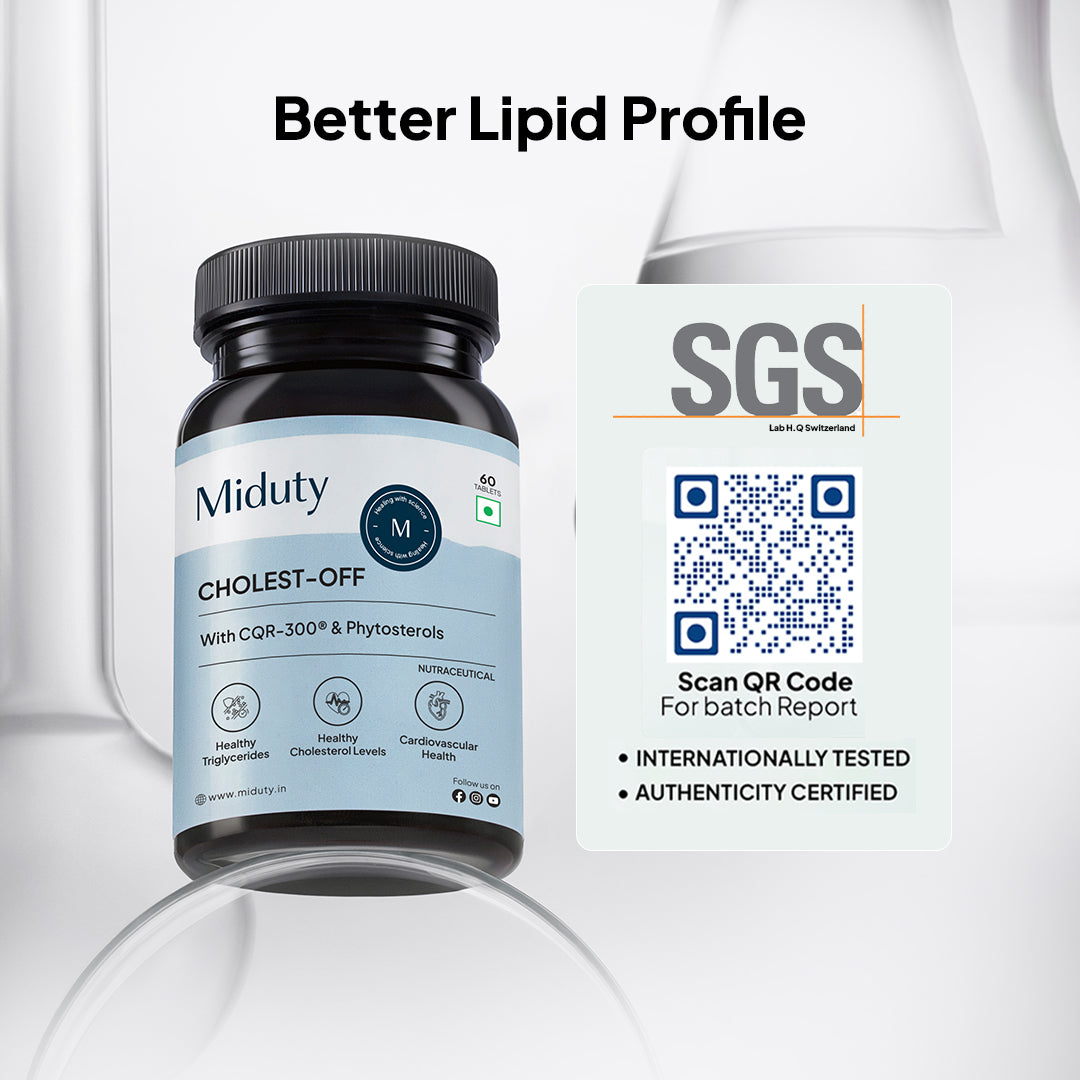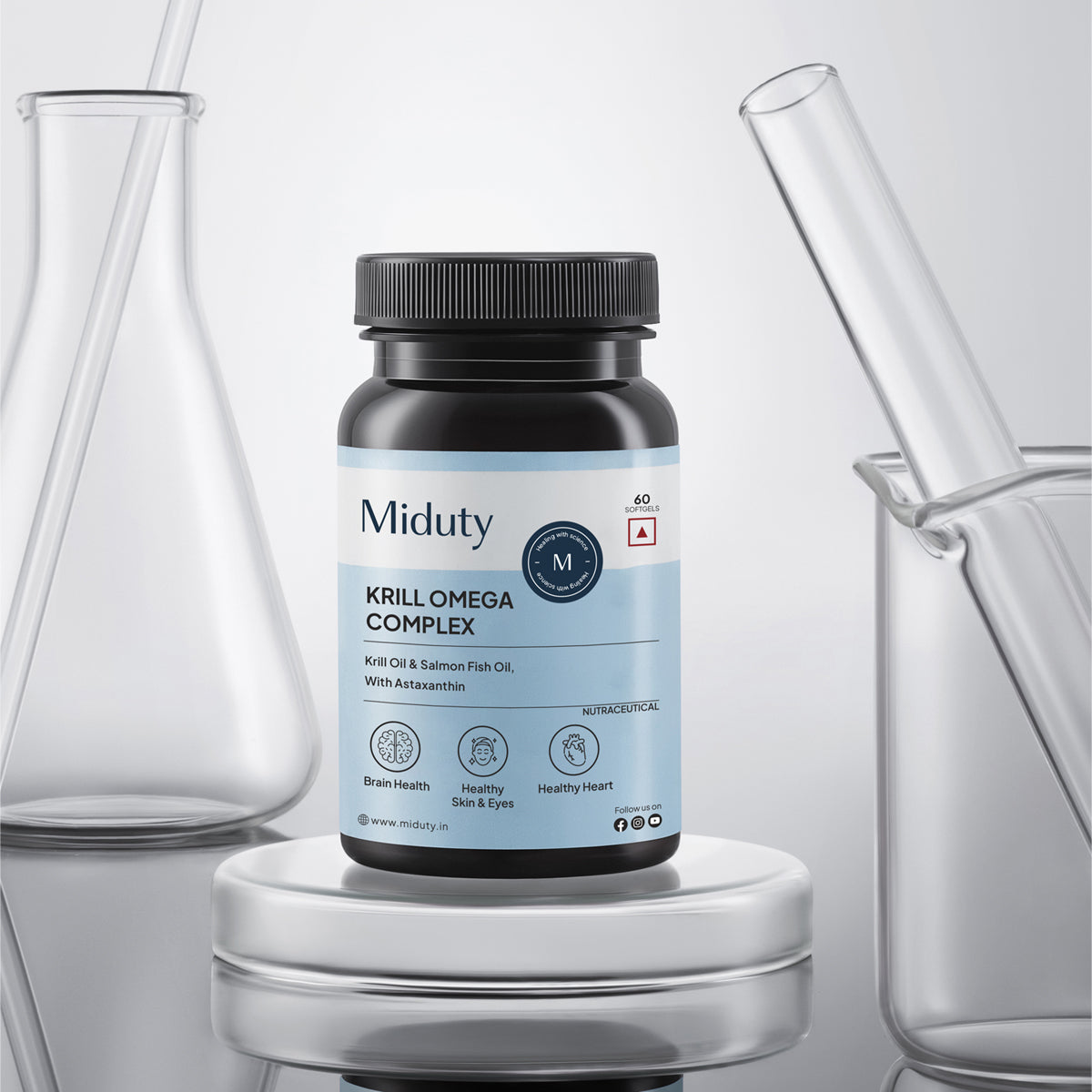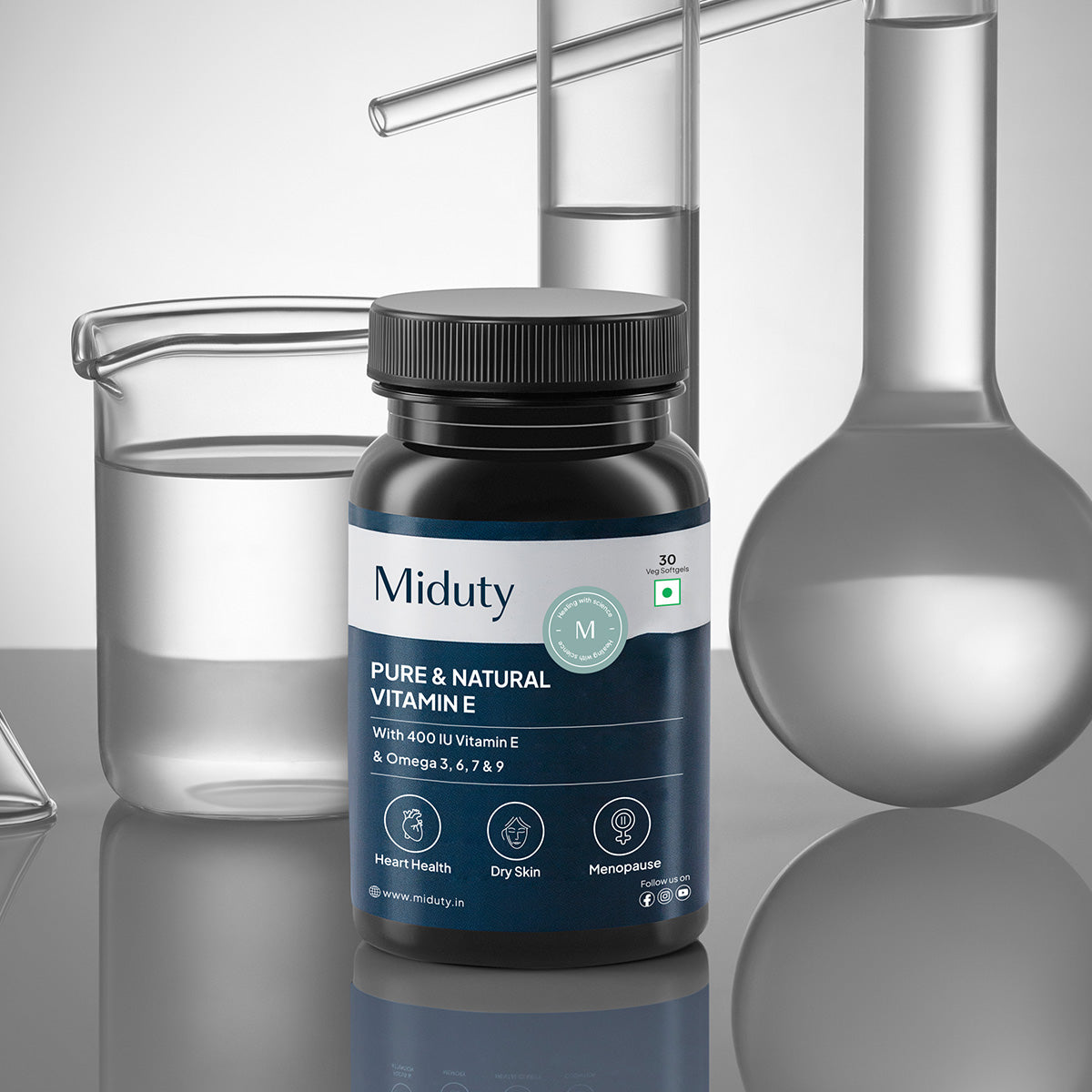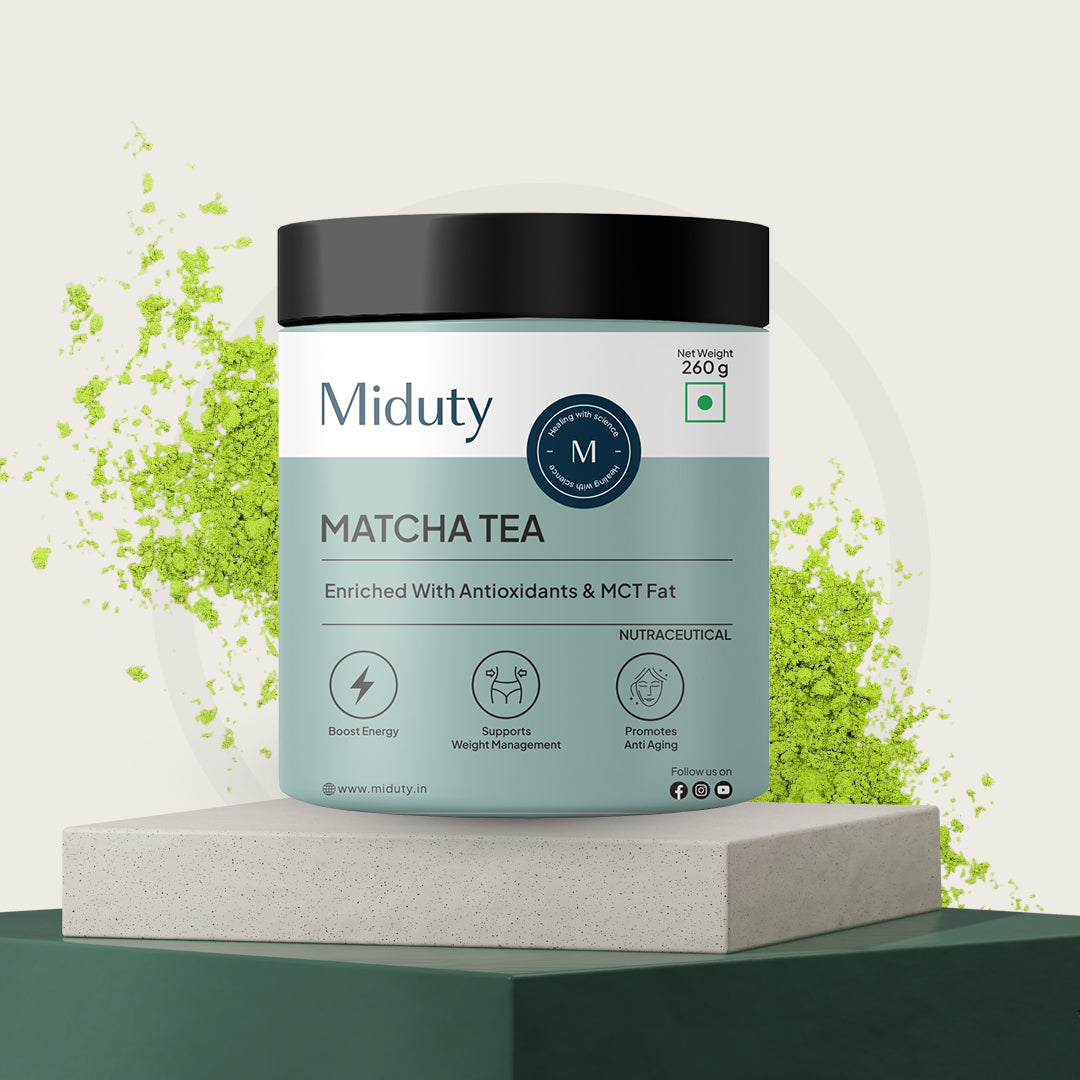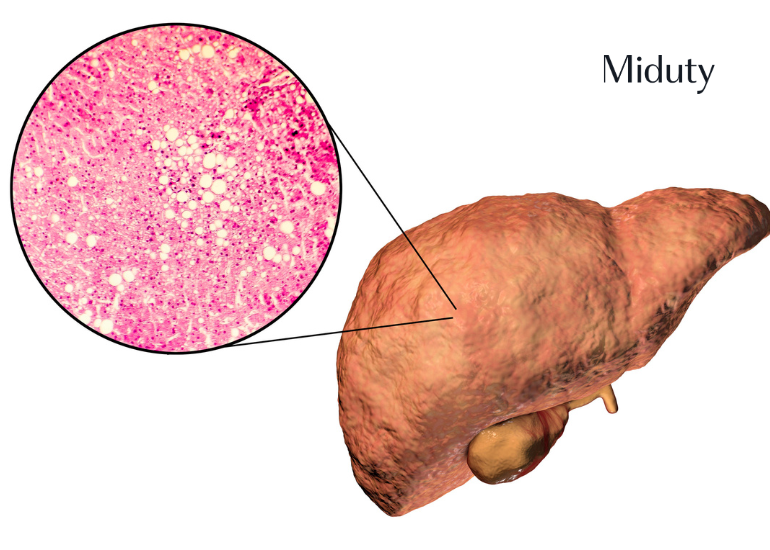
How High Fructose or Sugar Can Lead To Fatty Liver Disease
India's sugar consumption has increased, making it the world's largest consumer of sugar, with an annual intake of 29.5 million metric tons. This excessive sugar intake, particularly fructose found in processed foods and sugary beverages, is a significant contributor to liver fat accumulation. Sugar, especially hidden sugars like high fructose corn syrup, is quietly wrecking your liver, and it's happening to millions of Indians who don't even drink alcohol.
Key Takeaways
1. Fructose is a Hidden Cause of Liver Damage: Excessive fructose, especially from processed foods and sugary drinks, overwhelms the liver and leads to fat buildup even in people who don't drink alcohol.
2. NAFLD Is Rising in India, Even Among the Non-Obese: Over 38% of urban Indians have fatty liver disease, often without symptoms, and many are unaware they're at risk due to high sugar consumption.
3. Fatty Liver Can Be Reversed with Simple Lifestyle Changes: Reducing added sugars and losing just 5–10% of body weight can significantly reduce liver fat and inflammation in just a few weeks.
4. Smart Food Swaps Make a Big Difference: Replacing sugary foods with whole, nutrient-dense alternatives like oats, dark chocolate, and Greek yogurt helps reduce sugar without sacrificing taste.
5. Fructose Fuels Insulin Resistance and Fat Storage: Unlike glucose, fructose is turned into fat in the liver, leading to insulin resistance and a dangerous cycle of metabolic dysfunction.
We live in a time when sugar is lurking in almost everything: your breakfast cereal, ketchup, packaged snacks, fruit juices, even so-called "health" drinks and flavored yogurts.
In India, studies reveal that over 38% of urban Indians are affected by Non-Alcoholic Fatty Liver Disease (NAFLD), a condition in which excess fat accumulates in the liver due to poor diet, not alcohol consumption. What's more shocking is that many people with NAFLD are non-obese and unaware, making it a hidden but growing health crisis.
A 2021 study published in Frontiers in Nutrition highlights the direct link between excessive fructose intake and liver inflammation, insulin resistance, and fat buildup in liver cells. Fructose, commonly found in table sugar (sucrose), corn syrup, and fruit concentrates, is metabolized almost entirely by the liver. When consumed in excess, which is easy to do with modern diets, it can overwhelm the liver and lead to fat storage, fibrosis, and even liver scarring.
But this condition is largely preventable and even reversible if caught early and the right dietary changes are made. If you think sugar is sweet and harmless, it's time to take a closer look because your liver's health might depend on it.
What Is Fructose and How Is It Different from Glucose?
Sugar comes in many forms, but glucose and fructose are the two most common types. Glucose is used by nearly every cell in your body for energy. Fructose, on the other hand, is primarily processed in one place: your liver.
That's a big deal.
When you consume table sugar (sucrose), you get both glucose and fructose. The fructose portion is especially concerning for liver health because, unlike glucose, fructose doesn't trigger insulin or get stored in muscles; it heads straight to the liver, where it can be turned into fat.
Common Sources of High Fructose in the Modern Diet
One of the worst offenders in the modern diet is high-fructose corn syrup (HFCS) , a cheap, processed sweetener used in thousands of products. It's even sweeter than table sugar and widely used in:
- Soft drinks and energy drinks
- Packaged desserts and candy
- Breakfast cereals and snack bars
- Salad dressings, ketchup, and condiments
- Store-bought bread and processed foods
Even seemingly healthy foods like flavored yogurt or fruit smoothies can be loaded with added sugars, much of which is fructose.
Why Fructose Is Harder on the Liver Than Other Sugars?
Fructose overload is a one-way ticket to liver trouble. Here's why:
- It bypasses normal energy pathways and is converted into fat in the liver
- This fat can build up, causing steatosis (fatty liver)
- It increases production of triglycerides, raising the risk of heart disease
- It leads to insulin resistance, a major driver of metabolic syndrome
Fructose isn't inherently evil; it exists in natural fruits but in high, concentrated forms, it overwhelms your liver's ability to process it, triggering a dangerous cycle of fat accumulation and inflammation.
How the Liver Processes Fructose or Sugar?
Metabolism of Fructose in the Liver
Unlike glucose, which can be used throughout your body, fructose is almost entirely metabolized in the liver. When fructose enters the liver:
- It's rapidly turned into a molecule called acetyl-CoA
- Acetyl-CoA is then used to synthesize fatty acids
- These fatty acids are stored as fat droplets in liver cells
This is a process called de novo lipogenesis (DNL), or "new fat creation." The more fructose you consume, the more your liver turns it into fat.
Fat Production and Storage
When too much fat builds up in the liver, it leads to non-alcoholic fatty liver disease. Over time, this fat can:
- Cause liver cell damage
- Trigger inflammation (leading to NASH — non-alcoholic steatohepatitis)
- Result in fibrosis (scarring), cirrhosis, or even liver failure
This happens silently, without obvious symptoms, making it even more dangerous.
Insulin Resistance and Its Connection to Liver Fat
Fructose also interferes with your body's insulin sensitivity. This means your cells stop responding properly to insulin, which leads to:
- Higher blood sugar levels
- More insulin being produced
- Increased fat storage in the liver and belly
Insulin resistance and fatty liver go hand in hand both feeding off each other in a vicious cycle that worsens over time.
The Link Between Sugar and Non-Alcoholic Fatty Liver Disease (NAFLD)
How Excess Sugar Directly Contributes to Liver Fat?
The science is clear: sugar, especially fructose, contributes directly to liver fat accumulation. Unlike dietary fat, which is metabolized more slowly, sugar is broken down quickly, flooding the liver with raw material to create fat.
In a world where sugary drinks are more accessible than water in some areas, this is a massive public health issue.
- A 2021 study showed that children who consumed more sugary beverages had higher rates of fatty liver.
- In adults, researchers have found that even moderate fructose intake (50g/day) leads to liver fat buildup within just 9 days.
It's not just about obesity, even lean people can develop NAFLD if their sugar intake is high.
How Much Sugar Should You Really Eat?
The American Heart Association recommends:
- Men: No more than 36 grams (9 teaspoons) of added sugar per day
- Women: No more than 25 grams (6 teaspoons) per day
- Children: Varies by age, but should be significantly limited
Studies show that the average Indian consumes around 55–60 grams of added sugar per day, far exceeding the recommended limits. With rising consumption of sugary beverages, sweets, and packaged foods, this excess sugar puts a serious strain on the liver, increasing the risk of fatty liver disease, insulin resistance, and metabolic disorders.
How to Reduce Hidden Sugars in Your Diet?
1. Watch out for "healthy" imposters: Many so-called healthy foods like fruit-flavored yogurts, granola bars, and flavored oatmeal packs contain hidden sugars in the form of fructose, glucose, dextrose, and other sweeteners ending in "-ose."
2. Don't trust the label at face value: Products labeled "natural," "organic," or "low-fat" are often packed with sugar to improve taste, especially when fat is removed. Always double-check the ingredient list and nutrition label.
3. Inspect nutrition labels for added sugars: Look for the "added sugars" section and avoid items with high sugar content per serving. If you see multiple types of sugars or long, chemical-sounding names, avoid that.
4. Be wary of breakfast items: Many cereals, granolas, and breakfast bars marketed as healthy contain as much sugar as a candy bar. Choose unsweetened versions or switch to whole-food breakfasts like eggs, oats, or fruits.
5. Cook at home more often: Homemade meals allow you to control sugar content. Stick to fresh, whole, unprocessed ingredients like vegetables, nuts, seeds, legumes, and healthy fats.
6. Swap sugary drinks for healthier options: Ditch sodas, fruit juices, energy drinks, and even bottled smoothies. Replace them with herbal teas, water infused with lemon or cucumber, or sparkling water with a splash of real fruit.
7. Retrain your palate: As you reduce sugar, your taste buds will adjust. You'll start appreciating the natural sweetness in foods like berries, carrots, and nuts without needing added sugar.
8. Avoid artificial sweetener traps: Even "sugar-free" products can be harmful. Artificial sweeteners can still affect insulin levels and keep your sweet cravings alive, making it harder to reduce overall sugar intake.
9. Plan and prep your meals: Planning your meals for the week can help you avoid grabbing processed convenience foods that are likely to be sugar-laden. Stick with homemade snacks like boiled eggs, raw nuts, or veggie sticks.
Healthier Alternatives To Sugar or Fructose
|
Instead of… |
Try This… |
Why It's Better |
|
1. Sugary sodas |
Sparkling water with lime, mint, cucumber, berries, or citrus slices |
Refreshing and hydrating without sugar overload |
|
2. Sugary breakfast cereals |
Steel-cut or rolled oats with cinnamon, fruit, and nuts |
Fiber-rich, nutrient-dense, and keeps you full longer |
|
3. Candy bars |
70%+ dark chocolate or 1-2 Dates |
Offers antioxidants, fiber, and essential minerals |
|
4. Ice cream |
Unsweetened Greek yogurt with berries |
High in protein, probiotics, and naturally sweet |
|
5. Baked goods with refined sugar |
Homemade versions using mashed bananas |
Natural sweetness with added vitamins and minerals |
|
6. White/refined flour in baking |
Ragi flour or coconut flour |
Lower glycemic impact, gluten-free, and richer in fiber and healthy fats |
|
7. Processed snacks like chips or cookies |
Apple slices with chia seed pudding, or homemade trail mix |
Provides stable energy, healthy fats, and fewer blood sugar spikes |
|
8. Low-fat packaged foods |
Healthy Fats like Desi Ghee, Butter, Coconut Oil, Olive Oil as dressing |
Avoids hidden sugars and keeps you satiated longer |
Healing the Liver Naturally
Can Reducing Sugar Reverse Fatty Liver?
Absolutely! Fatty liver disease, especially in its early stages, is highly reversible. Scientific studies show that cutting down on added sugars and losing just 5–10% of your body weight can reduce liver fat and inflammation. Within just 2 to 4 weeks of cutting sugar from your diet, your liver can begin to heal and regenerate. The liver is one of the most resilient organs in the body once you ease its burden, it quickly gets to work repairing itself.
Role of Diet, Exercise, and Weight Loss
1. Healing the liver isn't about quick fixes or crash diets; it's about a consistent, balanced approach. Diet plays a huge role. Focus on whole foods like lean proteins (chicken, fish, legumes), plenty of vegetables, healthy fats (avocados, nuts, olive oil), and low-glycemic fruits.
2. Exercise is equally vital. Aim for at least 30 minutes of moderate physical activity five times a week. Activities like brisk walking, cycling, or swimming can do wonders for your liver by improving insulin sensitivity and promoting fat burning.
3. Weight loss, even on a small scale, can lead to significant benefits. Dropping just 5–7% of your body weight can reverse fatty infiltration in the liver for many individuals. And don't forget the often-overlooked pillar of health, sleep. Poor sleep disrupts hormones, increases cravings, and reduces your body's ability to manage insulin, which contributes to liver fat buildup.
The Role of Supplementation
In addition to diet and lifestyle changes, certain supplements can support liver repair and boost detoxification. Milk thistle is a widely researched herb known for its ability to regenerate liver tissue and protect against toxins. The active ingredient, silymarin, acts as an antioxidant and has anti-inflammatory properties.
1. N-Acetylcysteine (NAC) is another powerful supplement that boosts glutathione, the body's master antioxidant, which is crucial for liver detoxification.
2. Omega-3 fatty acids from fish oil can help reduce liver fat and improve lipid profiles.
3. Vitamin E has shown promise in reducing liver inflammation, especially in non-diabetic patients with NAFLD. However, always consult a healthcare provider before starting any supplement, especially if you have underlying conditions or take medications.
Conclusion
Sugar may taste sweet, but its long-term effects on your liver are anything but. From sodas to salad dressings, our modern diets are loaded with hidden sugars especially fructose that silently chip away at liver health. Fatty liver disease is now one of the most common health problems globally, and it's being driven not by alcohol, but by sugar.
The good news? You can turn things around. By cutting back on added sugars, making smart food swaps, and living a more active lifestyle, you give your liver the chance to heal and thrive.
Start small. Read your labels. Cook more at home. And remember every positive choice you make helps protect one of your body's most important and hardworking organs.
Frequently Asked Questions on Fructose and Fatty Liver -
Q1. Can sugar affect the liver?
Consuming too much sugar especially refined sugar and high-fructose corn syrup—can negatively impact liver health. When the liver processes excess sugar, it can become overloaded, which may result in fat accumulation and inflammation. Over time, this can contribute to the development of non-alcoholic fatty liver disease (NAFLD).
Q2. Is quitting sugar good for the liver?
Yes, quitting or significantly reducing sugar intake can be very beneficial for your liver. Excessive sugar, especially fructose, puts a strain on the liver because it is primarily metabolized there. By cutting back on sugar, you help reduce fat buildup in the liver, lower inflammation, and decrease the risk of developing non-alcoholic fatty liver disease (NAFLD). Over time, this can improve overall liver function, boost energy levels, and support better metabolic health.
Q3. How to detox your liver from sugar?
To support your liver's recovery from excess sugar, adopt a healthy diet, stay well-hydrated, and make positive lifestyle adjustments. This means cutting back on processed foods and sugary beverages, eating more fiber-rich foods, including liver-friendly ingredients like turmeric and milk thistle, and staying active to maintain a healthy body weight.
Q4. Can fructose cause liver damage?
To support your liver's recovery from excess sugar, adopt a healthy diet, stay well-hydrated, and make positive lifestyle adjustments. This means cutting back on processed foods and sugary beverages, eating more fiber-rich foods, including liver-friendly ingredients like turmeric and milk thistle, and staying active to maintain a healthy body weight.
Q5. What type of sugar is bad for the liver?
High consumption of fructose, mainly from added sugars in processed foods and sugary beverages, can be especially harmful to the liver. Although the liver also processes glucose, which is the body's main source of energy, too much of it, particularly from items like soft drinks and desserts, can cause fat to build up in the liver.


